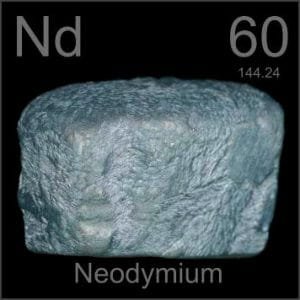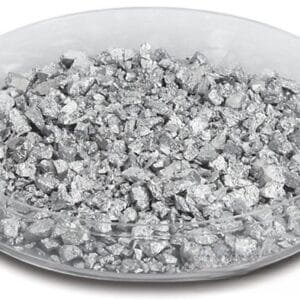Neodymium Evaporation Material Description
Neodymium is a silver-white metal renowned for its high reactivity among rare earth elements. It has a melting point of 1,024°C and a density of 7.004 g/cm³, along with notable magnetic characteristics. This element is instrumental in advanced materials: neodymium-doped yttrium aluminum garnet and neodymium glass are effective alternatives to ruby in laser applications, while neodymium and praseodymium glass are commonly used in protective eyewear.
In the realm of deposition processes, high-purity neodymium evaporation materials are essential for creating top-notch deposited films. TFM is dedicated to producing neodymium evaporation materials with a purity of up to 99.95%, ensuring consistent quality through rigorous quality control measures.

Neodymium Evaporation Material Specification
| Material Type | Neodymium |
| Symbol | Nd |
| Color/Appearance | Silvery, Metallic |
| Melting Point | 1244°C |
| Density | ~7.3 g/cm3 |
| Thermal Conductivity | 0.0781 W/cm/K @ 25 °C |
| Synonyms | Nd Pellets, Nd Pieces, Nd Evaporation Pellet, Neodymium Pellets, Neodymium Pieces, Neodymium Evaporation Pellet |
Neodymium Evaporation Material Application
Neodymium Evaporation Material Packaging
Our neodymium evaporation materials are carefully managed to avoid any damage during storage and transportation, ensuring that their quality remains intact and in pristine condition.
Get Contact
TFM offers neodymium evaporation materials in a range of forms, purities, sizes, and price points. We focus on producing high-purity e-beam evaporation materials with maximum density and minimal average grain sizes. For current pricing on evaporation pellets and other deposition materials not listed, please contact us directly.
Ordering Table
| Material | Size | Quantity | Purity | Part Number |
| Neodymium | 1mm Dia. x 6mm Length | 100 g | 99.9% | EVMND1-6MMD |


 MSDS File
MSDS File



Reviews
There are no reviews yet.